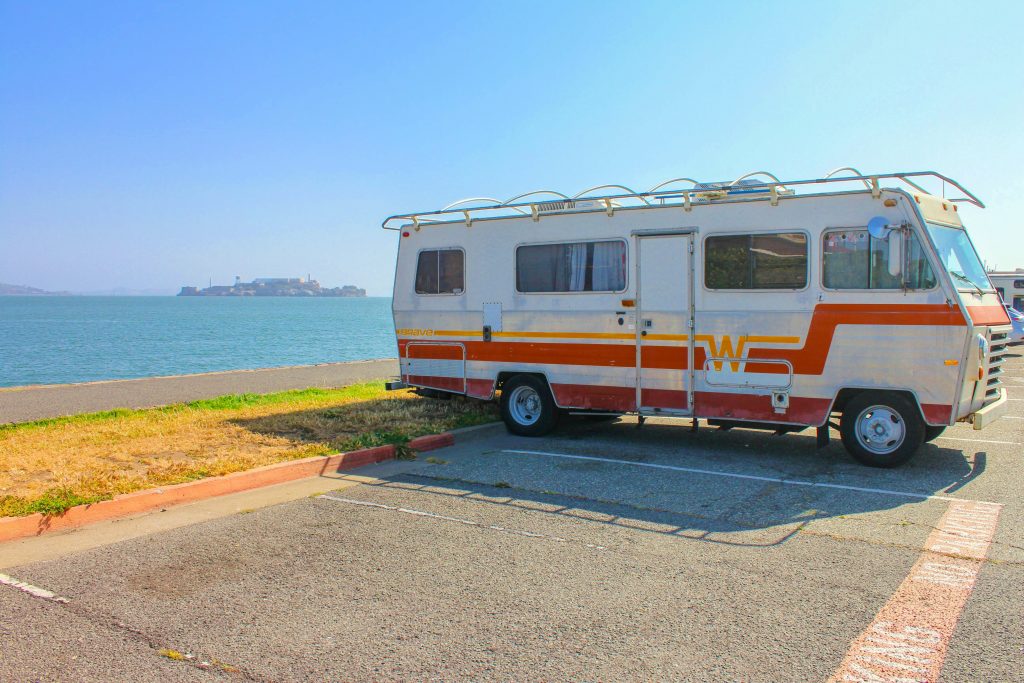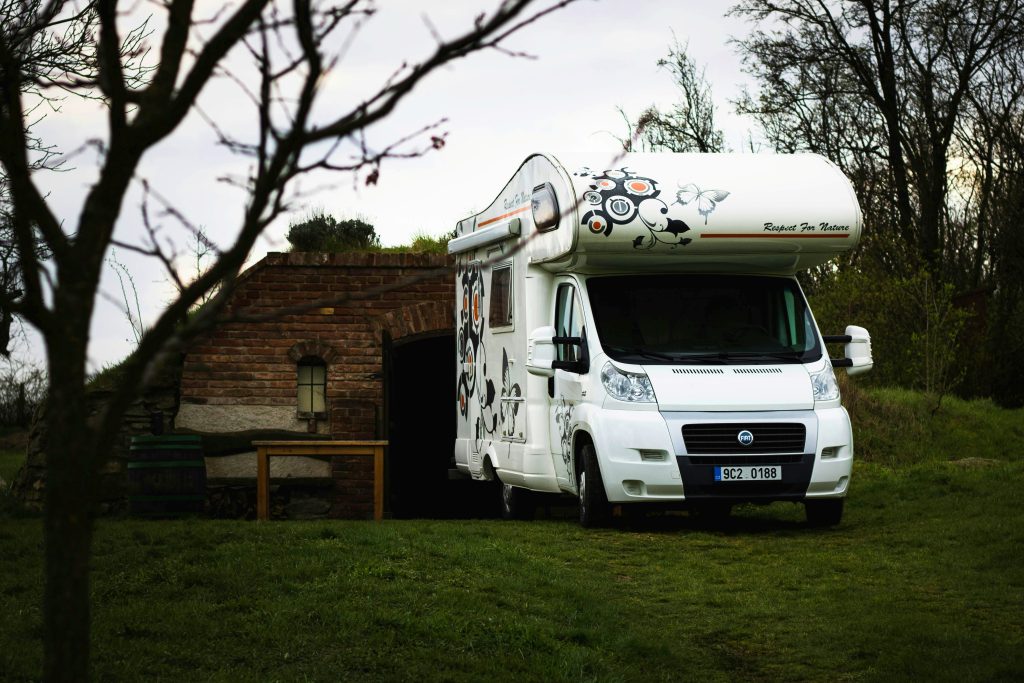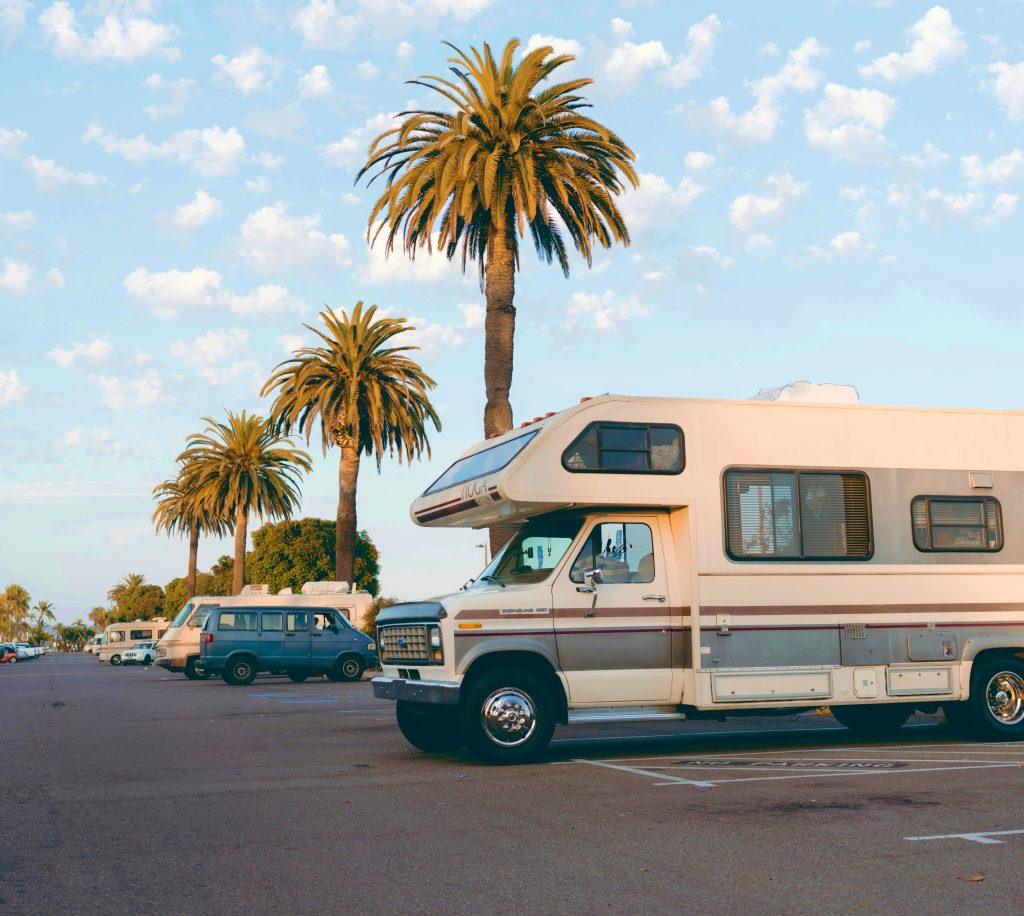Owning an RV is all about freedom—hitting the open road, camping under the stars, and making memories wherever you go, but when something goes wrong with your home on wheels, it can throw a wrench in your plans.

If you’re wondering about mobile RV repair prices and how they’re calculated, you’re in the right place, let’s break it down in a way that’s easy to understand, so you know exactly what to expect when you call for help.
That’s where mobile RV repair services come in, bringing the fix right to you.
The basics of mobile RV repair costs
Mobile RV repair prices can vary quite a bit depending on a few key factors: the type of repair, the parts needed, labor rates, and—since it’s mobile—the cost of getting the technician to your location.
Unlike taking your RV to a traditional shop, mobile services save you the hassle of towing or driving a broken rig, but that convenience comes with its own price tag.
On average, you might see costs ranging from $100 to $500 for smaller fixes, like patching a leak or troubleshooting an electrical issue. Bigger jobs, like engine work or replacing a water heater, can climb into the $1,000+ range. These are ballpark figures, though—every job is unique, and the final bill depends on what’s broken and where you are.

Why mobilerepairs have a travel fee
Since mobile RV technicians come to you, travel is a big part of the equation. Most companies charge a service call or travel fee to cover the time and expense of getting to your location. This fee usually starts at a minimum—say, $50 to $100—if you’re within a certain radius of their base, like 20 or 30 miles. Beyond that, expect to pay more.
Here’s how it typically works:
- Mileage Rate: Many services charge per mile, often between $2 and $4 per mile one way. So, if you’re 50 miles away, that’s an extra $100 to $200 just for the trip.
- Flat Fee Zones: Some companies use a tiered system—$75 for up to 25 miles, $150 for 25-50 miles, and so on.
- Special Conditions: If you’re off the beaten path (think gravel roads or remote campsites), there might be an additional charge for tricky access, maybe $10-$20 extra per unpaved mile.
This travel fee isn’t just about gas—it covers the technician’s time, wear on their vehicle, and the fact that they’re bringing a fully equipped mobile shop to you. It’s a small price to pay when you consider the alternative of towing your RV, which can easily cost $200 or more depending on the distance.
Gas and travel expenses: Behind the scenes
Gas prices play a role in mobile RV repair costs, especially with fuel prices bouncing around (as of March 31, 2025, let’s assume they’re hovering around $3.50 per gallon in the U.S.).
A technician driving a service van that gets 15 miles per gallon will spend about $23 in gas for a 100-mile round trip. That might not sound like much, but it adds up when they’re making multiple calls a day.
Beyond gas, there’s vehicle maintenance—oil changes, tires, and repairs to keep their mobile shop rolling.
These costs are usually baked into the travel fee or hourly rate, so you don’t see them itemized, but they’re part of why mobile services charge a bit more than a stationary shop.

Labor rates: Paying for expertise
Once the technician arrives, the clock starts on labor. Most mobile RV repair pros charge between $100 and $175 per hour, though rates can go higher for specialized work or in high-cost areas.
This isn’t just for the wrench-turning—it’s for their know-how, tools, and the convenience of not having to haul your RV anywhere.
Here’s a quick look at how labor might break down:
- Simple Fixes: Something like fixing a leaky faucet might take an hour—$100 to $175 total.
- Moderate Repairs: Replacing an awning or troubleshooting a slide-out could take 2-3 hours, landing you in the $200-$500 range.
- Big Jobs: Engine or transmission work might take 5+ hours, pushing labor alone to $500 or more.
Some companies charge a flat rate per job instead of hourly, based on industry guides. Either way, you’ll usually get an estimate upfront so there are no surprises.
Parts: The wild card in pricing
The cost of parts can make or break your repair bill. A new water pump might run $50-$150, while a power inverter could set you back $500-$1,000.
Technicians often carry common parts, but if they need to order something special, you might pay shipping or a markup on top of the retail price. For example:
- Tires: $100-$300 each, depending on size.
- Air Conditioner: $600-$2,000 for a new unit.
- Refrigerator: $1,000-$2,000+.
The good news? Mobile techs often have connections to get parts fast, so you’re not stuck waiting weeks like you might be with a dealership.

How location affects the price
Where you’re parked when you need a repair can nudge the cost up or down. In urban areas with lots of RV owners, competition might keep prices lower, and travel fees are often minimal.
Out in the boonies? You’ll likely pay more because fewer techs are willing to make the trek, and the mileage adds up. Seasonal demand matters too—summer, when everyone’s camping, might mean higher rates or longer wait times.
Tips to keep costs down
Nobody wants to overpay, so here are a few ways to save:
- Bundle Repairs: If you’ve got multiple issues, have them fixed in one visit to avoid extra travel fees.
- Ask for Estimates: Get a quote before work starts, including travel, labor, and parts.
- DIY What You Can: Handle small stuff like tightening screws or changing filters yourself to leave the big jobs to the pros.
- Stay Local: If possible, camp closer to a technician’s base to cut down on mileage charges.
What you’re really paying for
At the end of the day, mobile RV repair prices reflect more than just parts and labor—you’re paying for peace of mind.
No towing, no waiting at a shop, just a fix where you’re at, whether that’s a campsite, your driveway, or a random roadside spot. Costs might range from $150 for a quick visit to thousands for a major overhaul, but the convenience is hard to beat.
So, next time your RV acts up, don’t sweat it. Call a mobile tech, ask about their travel fees and rates, and get back to enjoying the road. It’s all part of the RV life—freedom, adventure, and the occasional repair bill to keep it rolling!
